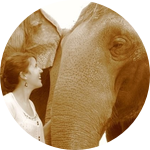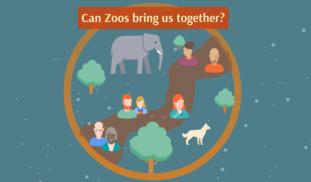47
0
0
Like?
Please wait...
About This Project
Have zoos inspired their 180 million annual visitors to get involved and make choices everyday to conserve wildlife? Zoos have the opportunity to be conservation leaders. My goal is to analyze zoos' conservation projects, their partnerships, and their methods for engaging visitors to help improve their impact. No one has yet studied zoos' conservation collaborations. My work will identify new dimensions of zoo conservation and new opportunities for helping us all to join in.
More Lab Notes From This Project

Browse Other Projects on Experiment
Related Projects
Unveiling Desires: Exploring BIPOC BDSM Preferences
"Unveiling Desires'' explores BIPOC fetishistic desires using a unique dataset from voluntary fetish surveys...
Can we empower science students with communication skills by eliminating the barriers of time and expertise?
Science professors generally don't have the time or expertise to teach cross-cutting skills like communication...
Can zoos bring us together?
Have zoos inspired their 180 million annual visitors to get involved and make choices everyday to conserve...

